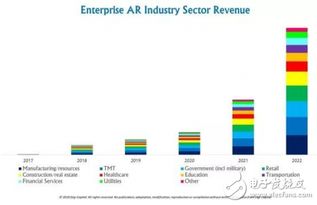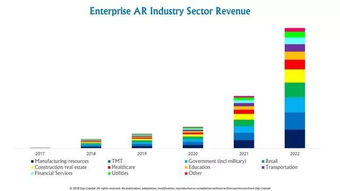Enterprise AR: Revolutionizing Business Operations
Augmented Reality (AR) has been making waves in various industries, and its potential in the enterprise sector is immense. By overlaying digital information onto the real world, AR can transform how businesses operate, communicate, and innovate. In this article, we will delve into the multifaceted world of enterprise AR, exploring its applications, benefits, and future prospects.
Understanding Enterprise AR

Enterprise AR refers to the use of augmented reality technology in business environments. It involves the integration of digital content, such as images, videos, and 3D models, into the physical world, enhancing the user’s perception and interaction with their surroundings. This technology can be accessed through various devices, including smartphones, tablets, and specialized AR glasses.
Applications of Enterprise AR

Enterprise AR has a wide range of applications across different industries. Here are some notable examples:
-
Manufacturing: AR can be used to guide workers through complex assembly processes, reducing errors and improving efficiency.
-
Healthcare: Surgeons can use AR to visualize patient data during operations, enhancing precision and reducing the risk of complications.
-
Construction: AR can help architects and engineers visualize building designs in real-time, enabling better decision-making and collaboration.
-
Education: Students can explore historical sites, conduct virtual experiments, and engage with interactive content through AR.
-
Customer Service: AR can provide customers with real-time assistance, such as virtual try-ons for clothing or furniture.
Benefits of Enterprise AR

Implementing enterprise AR can bring numerous benefits to businesses, including:
-
Increased Efficiency: AR can streamline processes, reduce errors, and save time, leading to improved productivity.
-
Enhanced Collaboration: AR enables teams to collaborate in real-time, regardless of their physical location.
-
Improved Training: AR can provide immersive training experiences, making it easier for employees to learn and retain information.
-
Cost Reduction: AR can reduce the need for physical materials and resources, leading to cost savings.
-
Innovation: AR can drive innovation by enabling businesses to explore new ideas and solutions.
Case Studies
Several companies have successfully implemented enterprise AR solutions, showcasing its potential. Here are a few examples:
| Company | Industry | Application | Outcome |
|---|---|---|---|
| General Electric | Manufacturing | AR for maintenance and repair | Reduced downtime and increased efficiency |
| John Deere | Agriculture | AR for equipment guidance | Improved crop yields and reduced fuel consumption |
| Microsoft | Healthcare | AR for surgical planning | Enhanced precision and reduced complications |
Challenges and Future Prospects
While enterprise AR offers numerous benefits, there are also challenges to consider. These include:
-
Device Compatibility: Ensuring that AR solutions work seamlessly across various devices can be challenging.
-
Training and Support: Employees need to be trained on how to use AR effectively, which can be time-consuming.
-
Privacy and Security: Ensuring the privacy and security of AR applications is crucial, especially when handling sensitive data.
Despite these challenges, the future of enterprise AR looks promising. As technology advances and becomes more accessible, we can expect to see even more innovative applications and widespread adoption across industries.
In conclusion, enterprise AR has the potential to revolutionize business operations by enhancing efficiency, collaboration, and innovation. By exploring its various applications and benefits, businesses can position themselves for success in the rapidly evolving digital landscape.
